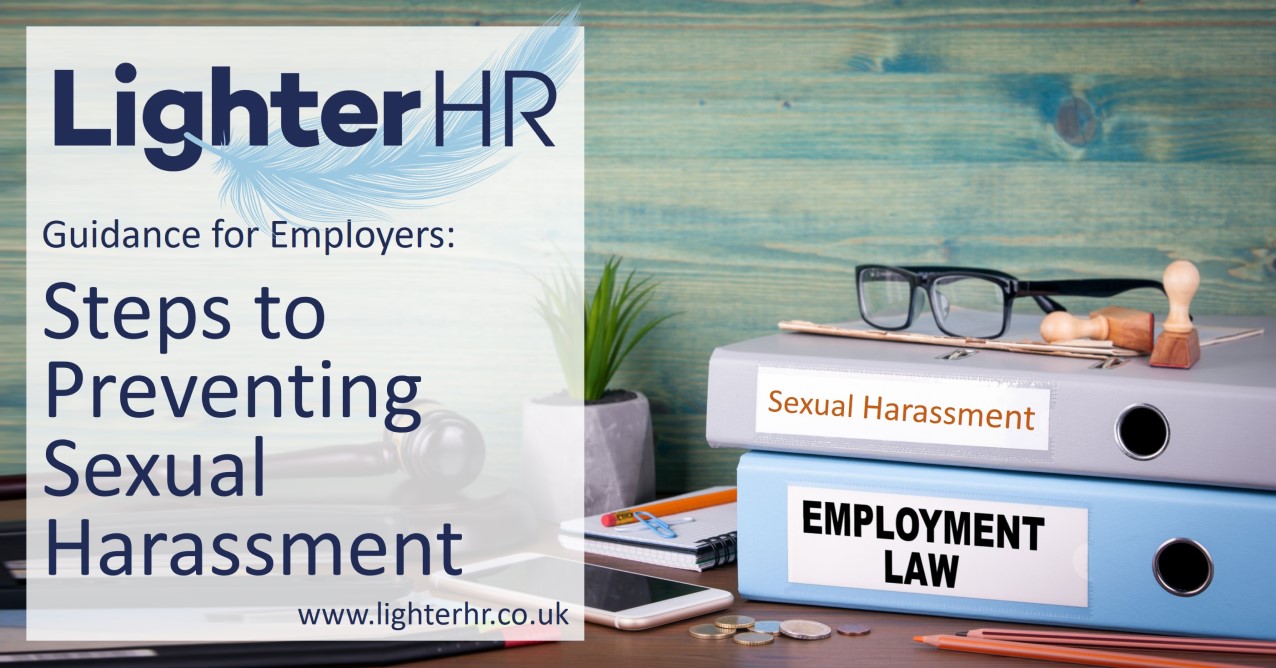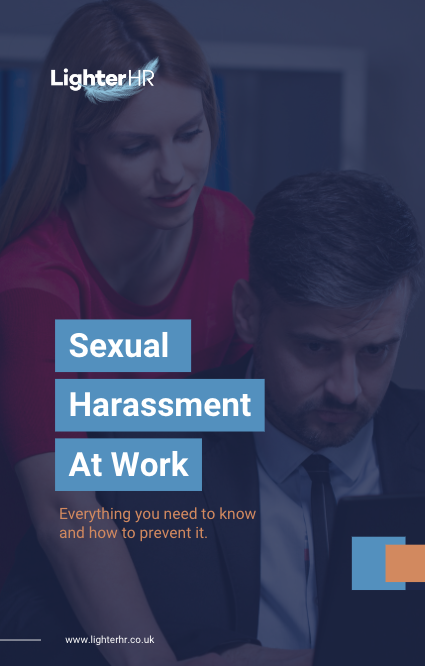Time to read our post: 3 minutes
The questions answered in this post are:
1. What Is the Definition of Sexual Harassment?
The Equality Act (2010) defines sexual harassment as unwanted behaviour of a sexual nature that:
- violates someone’s dignity, whether intended or not
- creates a hostile or degrading, humiliating or offensive environment for them whether it was intended or not
2. What Are the Current Rules for Preventing Sexual Harassment in the Workplace?
The current position is that if an employee makes a claim of sexual harassment, and you (the employer) cannot demonstrate that you took any preventive measures, you could legally face liability.
The current law has no legal requirement to take proactive steps in preventing sexual harassment in the workplace.
This is changed in The Worker Protection (Amendment of Equality Act 2010) 2023.
3. What Is Changing Based on the Worker Protection (Amendment of Equality Act 2010) 2023?
The Worker Protection (Amendment of Equality Act 2010) 2023 is set to come into force on 24 October 2024.
The legislation places a duty on employers to take “reasonable steps” to prevent sexual harassment of employees in the workplace.
The aim of the legislation is to ensure that employers don’t put a policy in place, conduct some tick-box training and believe that they have discharged their responsibility to protect their employees.
The legislation aims to ensure that companies establish robust systems for reporting and investigating concerns, adopt a zero-tolerance policy, and have senior managers leading by example.
If an employee makes a claim to an employment tribunal and an employer cannot prove that they took reasonable steps to prevent the harassment, the employee could receive a 25% uplift on any award that they received. (It’s worth remembering that awards for claims of discrimination are uncapped so this could get very expensive!)
4. What Should an Employer Do to Meet the New Requirements?
Whilst we’ve said that just having up-to-date policies is not sufficient to fulfil the new obligation, you still need to have them. So, as a first step you should review your policies and ensure that they are robust.
Then, consider what training you provide on preventing harassment in the workplace and ensure that this is appropriate and conducted regularly.
Lastly, examine your organisation’s culture and assess whether it indeed sets the right tone for preventing workplace harassment and enabling swift addressing of concerns.
If you need help updating policies or have any training needs on sexual harassment at work, please do contact us.
Read the full list of employment law changes for 2024, with individual posts on each topic, providing all the information you need.

Need help with policies and processes or dealing with a sexual harassment matter?




